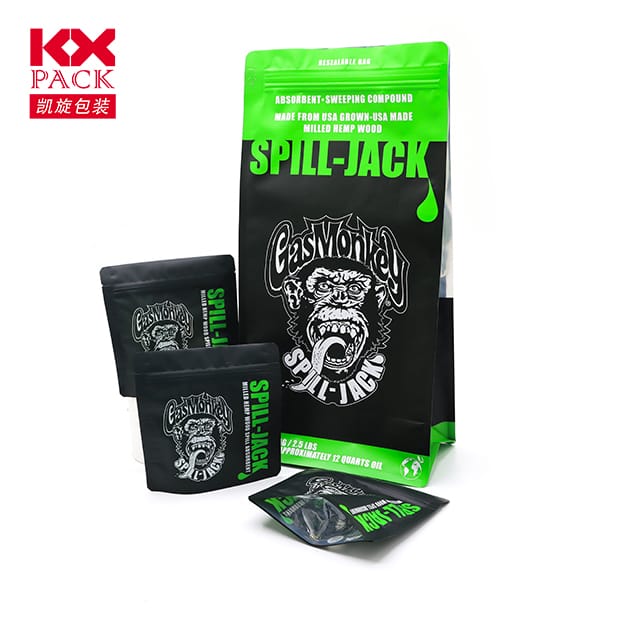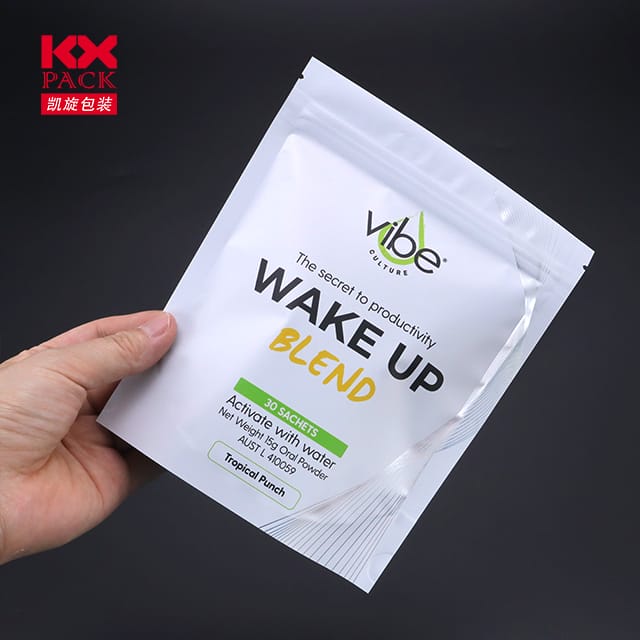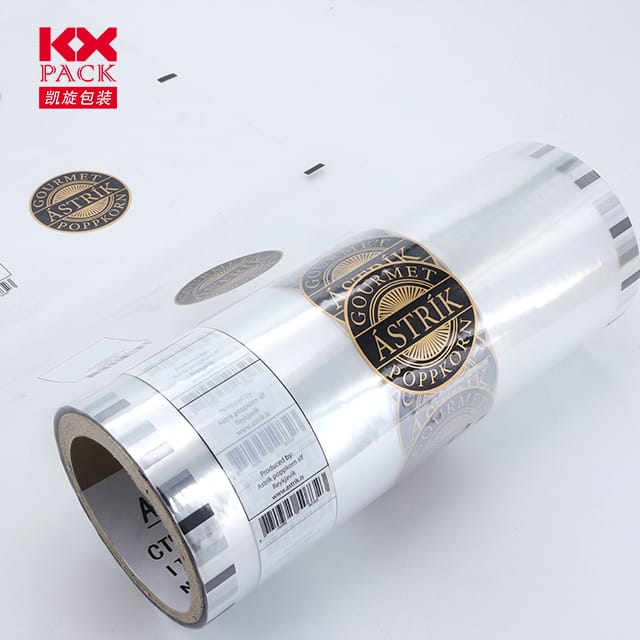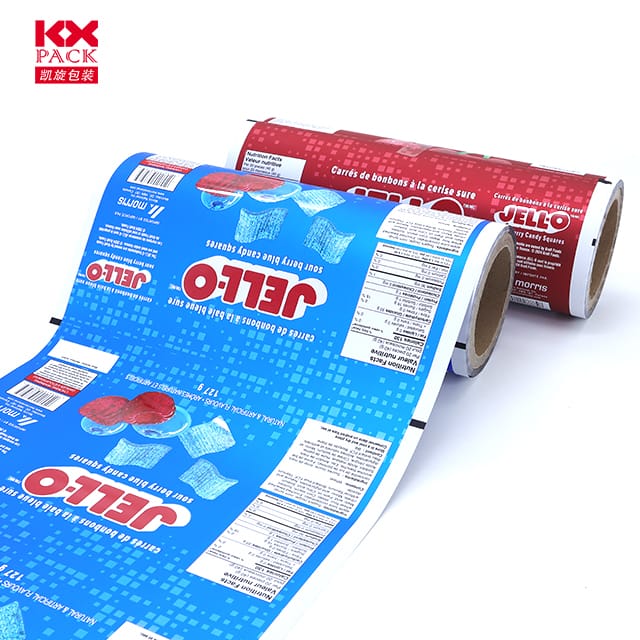包装塑料膜的进化和未来: 平衡创新与可持续性
包装塑料膜
在现代包装的动态景观中, 包装塑料膜 have emerged as indispensable materials, 从食品和药品到农业和建筑的革命性行业. 他们的轻量级, 耐用的, 而且具有成本效益的性质使它们成为全球供应链的基石. 然而, 随着环境的关注加剧, 包装部门面临着一个关键的挑战: reconciling the functional benefits of plastic films with the urgent need for sustainability.
1. The Versatility of Plastic Films in Packaging
塑料薄膜, 包括聚乙烯 (体育), 聚丙烯 (聚丙烯), 聚酯纤维 (宠物), and polyamide (PA), dominate the packaging market due to their unique properties:
- PE Films: Known for flexibility and moisture resistance, 低密度聚乙烯 (低密度聚乙烯) is widely used in shopping bags and agricultural mulch, while HDPE (high-density polyethylene) excels in heavy-duty applications like garbage bags.
- PP Films: With excellent chemical resistance and heat sealability, 双向拉伸聚丙烯 (双轴取向聚丙烯) is a staple in snack packaging and labels.
- PET Films: Celebrated for their transparency and barrier properties, PET films are critical for preserving food freshness and protecting electronics.
- Barrier-Enhanced Films: 创新 silicon oxide-coated PET 或者 multi-layer composites (例如。, PET/AL/PE) offer superior gas and moisture barriers, extending shelf life for perishables like coffee and meat.(包装塑料膜)
These materials not only safeguard products but also enable efficient logistics through their lightweight design, reducing fuel consumption during transportation.
2. The Environmental Imperative: Rethinking Plastic Films
Despite their advantages, traditional plastic films pose significant environmental risks. 一次性塑料, particularly in e-commerce and fast food, contribute to marine pollution 和 microplastic contamination. Reports estimate that by 2030, global plastic consumption could exceed 7 billion tons annually, with a staggering 50% ending up in landfills or ecosystems.(包装塑料膜)
主要挑战包括:
- 非生物降解性: Conventional plastics persist for centuries, 伤害野生动植物和生态系统.
- 回收障碍: Multi-layer composites (例如。, PET/AL/PE) 很难回收, often ending up in incinerators or landfills.
- 监管压力: Governments worldwide are imposing bans or taxes on single-use plastics, urging industries to adopt alternatives.(包装塑料膜)
3. 创新推动了可持续性
解决这些挑战, the packaging industry is investing ineco-friendly solutions:
- 可生物降解和可堆肥膜: 材料 解放军 (聚乳酸), derived from renewable resources, decompose within months under industrial composting conditions.(包装塑料膜)
- Recyclable Monomaterials: 进步 mono-material PP or PE films simplify recycling by eliminating incompatible layers.
- Barrier Coatings from Renewable Sources: Water-based coatings or nanocellulose layers reduce reliance on petroleum-based barriers.
- 智能电影: UV-activated, oxygen-sensitive films enhance product safety while minimizing waste.
4. 前面的道路: A Call for Collaboration
Achieving a sustainable future for plastic films requires amulti-stakeholder approach:
- 行业: Prioritize R&D into circular materials and design for recyclability.
- 消费者: Embrace reusable packaging and support brands committed to sustainability.
- 政府: Enforce strict eco-design standards and invest in recycling infrastructure.
- 创新者: Explore alternatives like bamboo-based composites 或者 edible films for niche applications.
结论: Striking a Balance
Plastic films for packaging remain irreplaceable in safeguarding products and reducing waste in supply chains. 然而, their future hinges on innovation and responsible stewardship. 通过拥抱可生物降解的材料, recyclable designs, 和循环经济原则, the industry can mitigate environmental impact while continuing to meet global demand.
As consumers and businesses increasingly prioritize sustainability, the evolution of plastic films will be a testament to human ingenuity—proving that progress and environmental care can go hand in hand.
What are your thoughts on the future of plastic packaging? 在下面的评论中分享您的见解! 🌍📦💡







